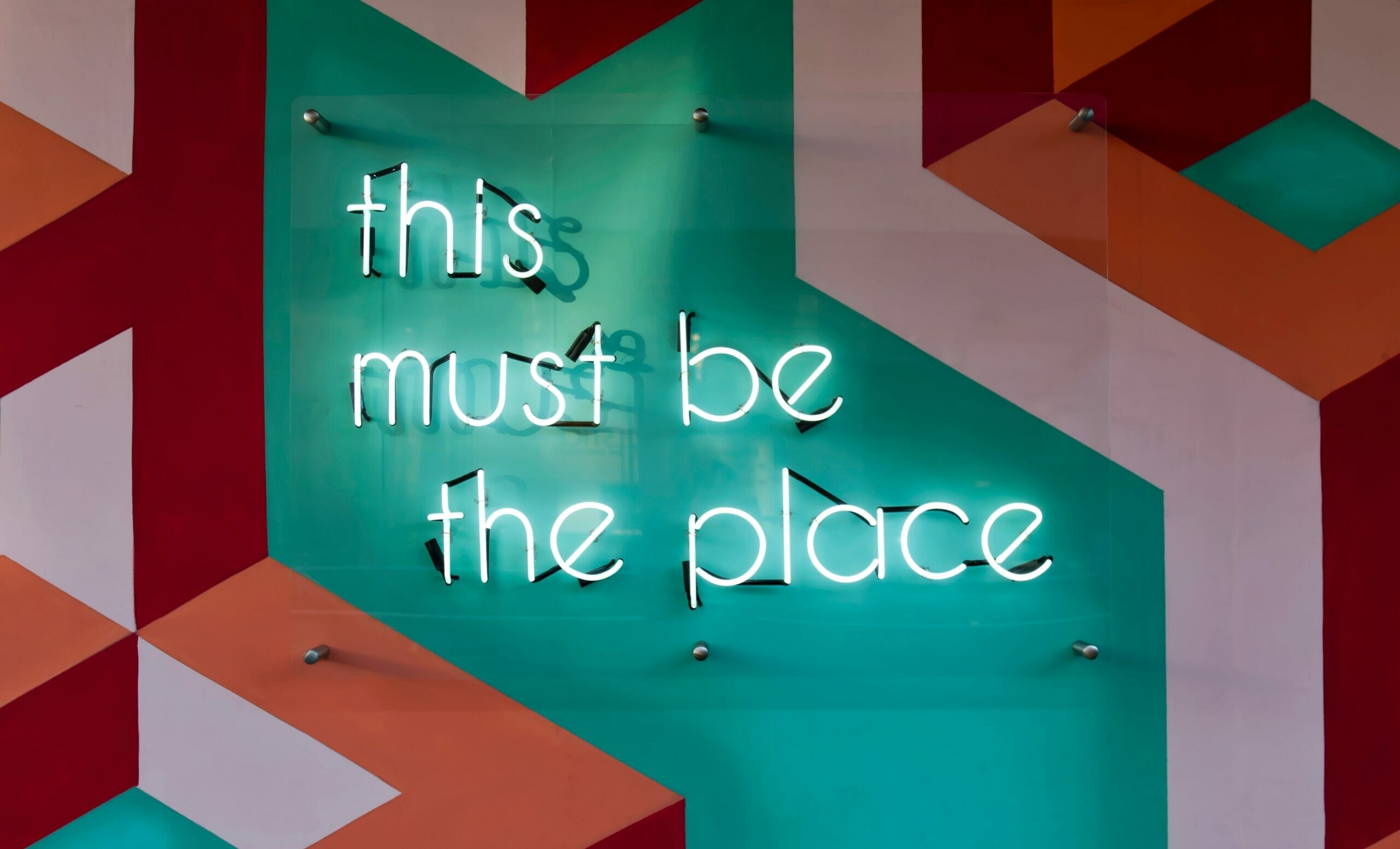The shortage of skilled workers is becoming increasingly important. This topic ranked fifth place in the minds of CEOs in 2018, and by 2019 it had already reached third place. Well-known companies can already score points with their name in job advertisements and thus generate many applications – provided their image is positive. But is the diversity of applicants satisfactory? Do an equal number of women and men apply? And how can smaller or lesser known companies successfully attract qualified professionals?
The first point of contact an applicant has with a company is often the job advertisement. Did you know that the tone or language of the advertisement is interpreted differently by women and men? Test yourself. Who is more likely to be addressed by this sentence: “You are efficient and decisive»? It is more likely to appeal to men. Only very few women will feel addressed.
Job ads are often written with stereotypical prejudices – unconsciously. This is just part of human nature. Prejudices have always ensured our survival, but we can also try to minimize them. It starts by reflecting on our own thought processes. Who do you imagine a risk manager to be? Or a doctor? How about a nurse? This is where we need to become more aware of stereotypes. 70% of all job advertisements generally use male-connoted language. And 92% of job advertisements in STEM fields (Science, Technology, Engineering, Mathematics) also use a male-connoted language. Only a fraction of the talent pool therefore feels that job ads are targeted to them.
A job advertisement should therefore be written as neutrally as possible. This means that the words you use should not address one gender or the other. Easier said than done? You can check your job advertisements on the diversifier.witty.works website. The Diversifier is a cloud-based tool that highlights problematic terms and explains prejudices in job ads. It also suggests alternative formulations. Written language alone is not enough. Check your visual images. Who do they appeal to more? Use pictures with people of different gender and origin. Also very important: Discuss the ad with different people – men and women. And while you’re at it: Check your website for neutral language – and images.
A few simple measures can achieve significant impact. Witty Works collaborated with a Swiss insurance company to advertise all IT positions neutrally for six weeks. The result: 66% more applications from women. A start-up experienced similar results. This company had no female applicants for an advertised position. With the neutral formulation, they suddenly received 12 applications from women (out of a total of 24).
In times of skilled worker shortages and the topic “diversity”, companies would do well to rethink their language. Using the right words and images can make them more attractive to a wider talent pool. This includes well-qualified women who are re-entering the workforce, such as those who are completing our management course “Women Back to Business”.
Further links:
Become a partner company of Women Back to Business
Train your team with Unconscious Bias Trainings
About the author(s)

Newsletter
Get the latest articles directly to your inbox.
Share article
More articles
The Future of Work and the Central Role of Diversity & Inclusion
Leadership in Transition: Five Trends of Modern Leadership
The future of work – also relevant for the legal market?
Why inclusive leadership matters for every generation
Do young lawyers need leadership, too? Classification according to generations – slightly arbitrary, but useful

